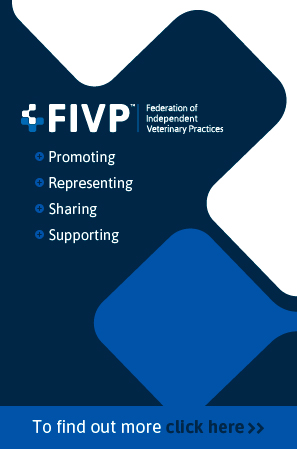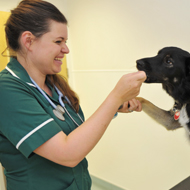Essential vet medicines list endorsed by Ethiopia
“There is a long road ahead of us to distribute these much-needed medicines to improve the welfare and health of our animals” – Alemayehu Hailemariam.
A new Essential Veterinary Medicines List has been endorsed by Ethiopia’s government, raising hopes that it will help improve animal and human health in a country that experiences shortages of key veterinary medicines.
The list, developed by the animal welfare charity Brooke and its partners, contains 661 core medicines that cover a large range of animals, from poultry, equine, and ruminants, to pets and camels.
The medicines were selected by working groups of experts from seven veterinary colleges.
Both the Ministry of Agriculture and the Ethiopia Agriculture Authority have given their support to the list, which will be implemented nationally.
Previous research by Brooke has found that 100 per cent of veterinary practitioners in Ethiopia did not have access to pain relieving medication for animals and 40 per cent lacked equipment such as syringes and needles.
The charity has been working with the Ethiopian Veterinary Association and the Ethiopian government since 2021 to improve animal health in the country. It hopes that the new list will make it easier for animals in the country to access the veterinary treatment they need and reduce the risk of zoonotic diseases spreading.
Alemayehu Hailemariam, head of programme development and quality assurance at Brooke Ethiopia, said: “Brooke is proud and happy to lead this list of essential veterinary medicines to its first milestone, for a resource-constrained country like Ethiopia.
“There is a long road ahead of us to distribute these much-needed medicines to improve the welfare and health of our animals.”
Essential Medicines Lists originated in human health in the 1970s. They contain the medicines that are considered to most effectively meet the key healthcare needs of a population.
Brooke has also recently produced a global Essential Veterinary Medicines List for food producing animals in collaboration with the World Veterinary Association.
Image © Shutterstock



 Zoetis is to present a CPD event for free to members of the British Veterinary Nursing Association (BVNA).
Zoetis is to present a CPD event for free to members of the British Veterinary Nursing Association (BVNA).